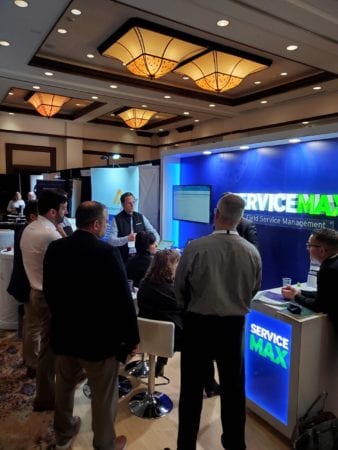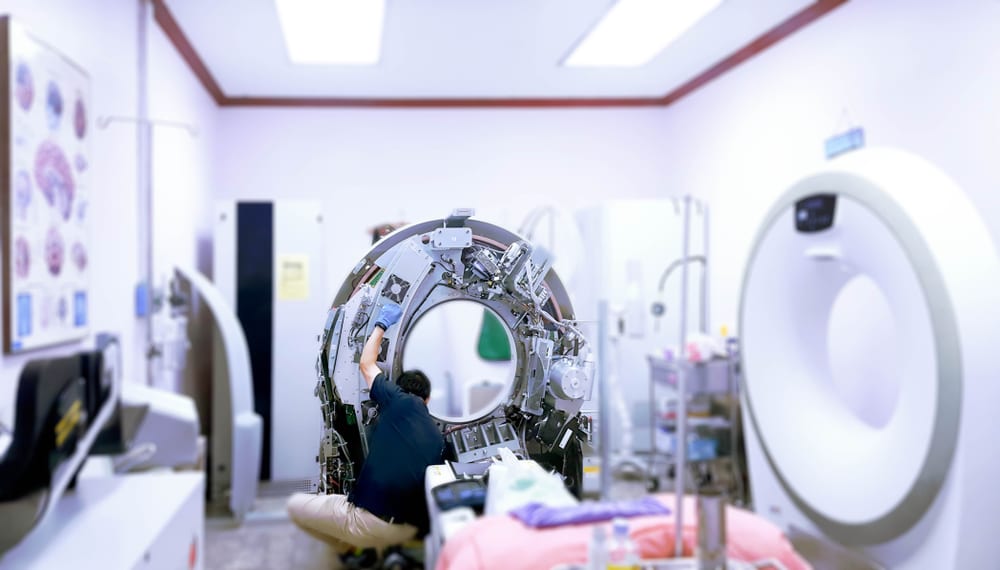Whatever happened to the title of the Chief Service Officer? I raised this question at the Field Service Medical conference that took place recently in San Diego. My question was intended to create dialog on this extremely pertinent topic, especially since:
- Service owns the relationship with the asset
- Service owns the value-oriented customer conversations around the asset
In my opinion, the role of the CSO is essential, given the impact service can have on the success of digital initiatives. If these initiatives are aligned with value for the customer as delivered via the serviced asset, then they are likely to succeed.
To support my argument, I relied on content from Gartner’s excellent Future of Field Service Management report that outlines the next steps for organizations aligned with differing service operating models—appointment-centric, knowledge-centric, equipment-centric, and outcome-centric.
In equipment and outcome-centric models, Gartner outlines several trends:
- The development of a service delivery ecosystem that involves the service provider, the partner network, and the customer
- The importance of a common (and digital) service language that standardizes fault and resolution codes on which learning technologies can be applied
- The ongoing value of connected devices in moving from preventative maintenance to financially optimized maintenance
- The use of technician knowledge and expertise to support the development of predictive service models
- The impact of technology in enabling the current and future technician workforce

I also had the privilege of relying on the knowledge and insight of Marc Coleman from Millipore Sigma who discussed some of the steps his company is taking to empower the field technician workforce while supporting the rest of the organization with the insight and knowledge captured by field technicians.
It’s easy to go into a great deal of depth on my own session, but there were valuable nuggets to be gleaned from some of the great speakers representing organizations such as Medtronic, Becton Dickinson, Siemens Healthineers, Stryker Medical, Hologic and more.
Below are my 5 key takeaways from the Field Service Medical conference.
1. The Service Value Proposition Requires Recalibration
The title of one of the first sessions at the event focused on cost-cutting in service. Luckily the speaker turned the topic around and discussed the importance of establishing leverage with the aid of service margin.
For service leaders, the need to justify the investment in the service business will never go away. To help with the justification, it is essential that they have a good understanding of the cost of service as this is a data point that needs to be shared with sales when service is discounted or given away. Several organizations charge the service discounts back to sales while others have started to build incentives for the sales team around service margins. In terms of revenue contribution, service leaders have started to enhance their alliances with marketing and other business groups to show how service-captured intelligence can be used for market sizing or investment decisions.
Service leaders also need to be proactive in communicating the service business case with different levels of customers. As relationship models change, it becomes vital to document customer expectations regarding value and to have a well-defined set of actions if service performance either exceeds or falls short of expected value. This is an area where limited progress has been made.
2. The Need to Look at the Entire Asset, Not Just the Physical Product
This is a theme and trend that can apply to multiple industries but is very pertinent to medical devices given the focus on security. Most medical devices have mechanical, electronic, and digital components that need to be managed, maintained and updated. Yet most installed product records or Bills of Material are only capturing the mechanical components or related consumables.
As service leaders look to become more asset-centric, it is essential that they develop a Bill of Materials that covers all of the components of the product. For further reading on this topic, it’s worth reviewing this article that discusses the overdue need for a software bill of materials.
3. Limited Progress in Connected Service
While Gartner believes that this industry continues to be ripe for innovation in connected products and services, it seems like very little progress has been made. This is due to two primary reasons:
- Ongoing security concerns as highlighted in the article above
- Limited resources brought in to understand and make sense of the available data
To the latter, it’s worth adding that service leaders must be involved in the upfront development of connected products to ensure that the right information is being transmitted for better service or customer outcomes. Some organizations have taken the approach of conducting a Pareto of the top service issues and discovering what information can be useful in supporting remote or field service. Eventually, the goal is to aggregate this data with the digital service language to build predictive service and support models.
It’s also important that the business justification for connected products includes new services in addition to service transformation. As new competitors (biomeds) take over the basic service interactions based on their relationships with larger hospital networks, the burden falls on OEMs to find new value offerings that can be delivered to their customers.
4. The Field Technician as a Sensor
This is not the script of a new dystopian novel or movie, but a real move towards recognizing the increasing impact of field service technicians. While technicians must focus on solving mechanical and customer problems they can also serve as conduits of vital information needed by the service business. This information can include:
- Asset performance data aka Poor Man’s IoT
- Real-time customer feedback
- Basic installed base data
- Competitive equipment data
- New service or product leads
The key is to make sure that it is easy for technicians to capture and share this data. Adding 20 custom fields to a debrief process can often frustrate technicians who are primarily focused on completing their service work.
5. Customer Success Frameworks Gain Traction
As medical organizations move from transactional to value-based relationships with their customers, they are beginning to insert account management and customer success tools into their processes. Several presenters at the conference discussed their reliance on quarterly or semi-annual business reviews to review performance, reset expectations, and communicate value. One of the major struggles in this area has been around the proper documentation of the customer needs and requirements around service. This becomes more complex given the different needs of the various stakeholders at the customer level.
Jon Matthews at Siemens Healthineers led an insightful presentation on the Customer Distress Index. The CDI score is intended to be a mathematical representation of a customer’s service experience tied to an individual unit of Siemens equipment. The score is based on product-specific thresholds and trends as well as open calls or overdue tasks that might lead to customer frustration. What was most impressive about the presentation wasn’t the actual index or the score, but the fact that Siemens had aligned service management compensation with this metric in order to drive focus and action.
Several years ago, I had seen a similar presentation delivered by Rusty Walther at HPE wherein their global escalations organization had developed a similar score to be proactive in handling customer issues. Similar scores are now built into popular customer success solutions and are more widely available, yet there often is limited planning associated with actions necessary once scores cross particular thresholds.

On a final note, Steve Chamberland from Becton Dickinson shared a wonderful story about that organization’s service business turnaround. As a result, the service team received company-wide recognition as winners of the annual BD cup. Think of this as the Stanley Cup for one of the best performing teams at BD. It was great to see the recognition for the BD team, an act that reinforced the importance that the organization places on service.
I’m sure I’ve missed other areas of debate and discussion that took place at the event. If you were there and would like to share your takeaways, please do connect with me at or via popular social channels (LinkedIn, Twitter).


Share this: